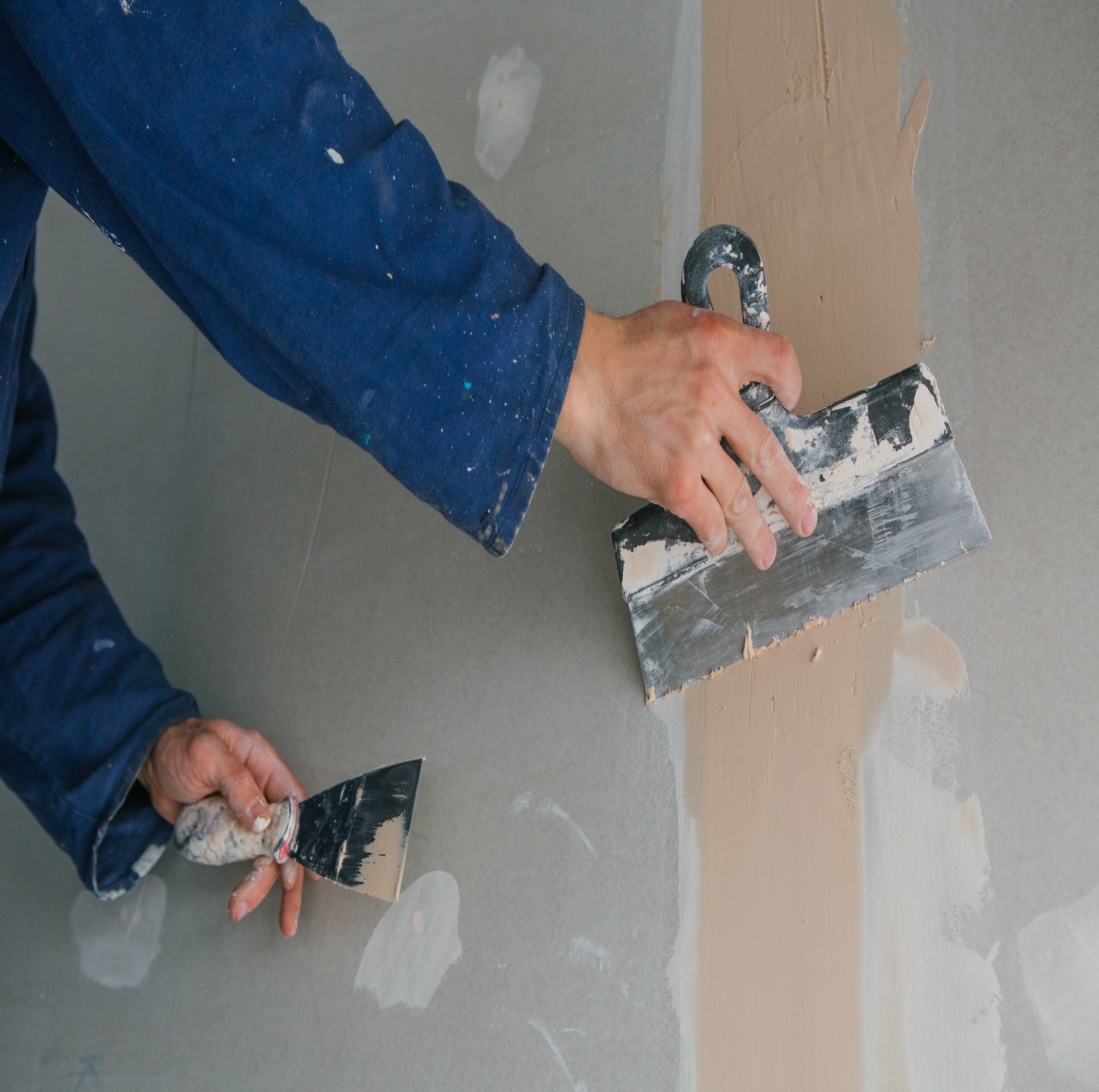Understanding Drywall Cracks: What They Signify and How to Address Them

As homeowners, we often become accustomed to the occasional crack or imperfection in our homes' walls. However, when it comes to drywall cracks, it's essential not to dismiss drywall cracks as merely cosmetic nuisances. These seemingly innocuous blemishes can sometimes indicate underlying structural issues or other significant problems within your home. In this blog post, we'll explore the various types of drywall cracks, what they could signify, and how to address these cracks with effective drywall repairs.
Types of Drywall Cracks
Hairline Cracks
These cracks are thin and typically less than 1/32 inch wide. They are commonly found around door frames, window corners, and along seams where two pieces of drywall meet. Hairline cracks are often caused by minor settling and are generally considered cosmetic.
Stress Cracks
Stress cracks are slightly wider than hairline cracks and may appear diagonally across walls or ceilings. They can occur due to fluctuations in temperature and humidity, as well as the natural settling of a house over time. While stress cracks are usually harmless, they may require occasional patching to prevent further expansion.
Corner Cracks
Cracks that form in the corners of walls or ceilings are typically caused by shifting foundations or structural movement. These cracks may start small but can widen over time if not addressed promptly.
Vertical or Horizontal Cracks
Cracks that run vertically or horizontally along walls may indicate more serious structural issues, such as foundation settlement or water damage. These cracks should be inspected by a professional to determine the underlying cause and appropriate course of action.
What Drywall Cracks Could Signify
Normal Settling
Minor cracks in drywall are often a result of the natural settling process that occurs in all homes. As the soil beneath a house compacts over time, small cracks may develop in the walls and ceilings. While these cracks are usually harmless, it's essential to monitor them for any signs of widening or structural movement.
Moisture Damage
Cracks accompanied by bubbling, peeling paint and stains may indicate moisture infiltration behind the drywall. This could be due to a leaking pipe, roof leaks, or poor ventilation, leading to mold growth and structural damage if left unaddressed.
Structural Issues
Wide or persistent cracks, especially those that appear suddenly and are large in nature may signify more serious structural issues such as foundation settlement, soil subsidence, or seismic activity. In these cases, it's crucial to consult with a professional or foundation specialist to assess the extent of the damage and recommend appropriate repairs.
How to Address Drywall Cracks
Minor Repairs
Hairline cracks and small stress cracks can often be repaired using drywall tape and joint compound. After applying the tape over the crack, apply a thin layer of joint compound with a putty knife, feathering the edges to blend with the surrounding wall. Once dry, sand the area smooth and repaint as needed.
Sealing and Waterproofing
If moisture damage is suspected, it's essential to address the source of the water intrusion and properly drying the wet area before repairing the drywall. This may involve fixing leaks, improving ventilation, or applying waterproofing sealants to prevent future damage.
Professional Assessment
For more severe or widespread cracks, especially those indicative of structural issues, it's advisable to seek the expertise of a professional contractor or structural engineer. They can conduct a thorough inspection of your home and recommend appropriate repairs to ensure its stability and safety.
In conclusion, while not all drywall cracks are a cause for alarm, it's essential to pay attention to their
size, location, and any accompanying signs of damage. By understanding what drywall cracks could
signify and taking prompt action to address them, you can help maintain the integrity and value of your
home for years to come. Remember, when in doubt, always consult with a qualified professional to
ensure the safety and structural stability of your home.


